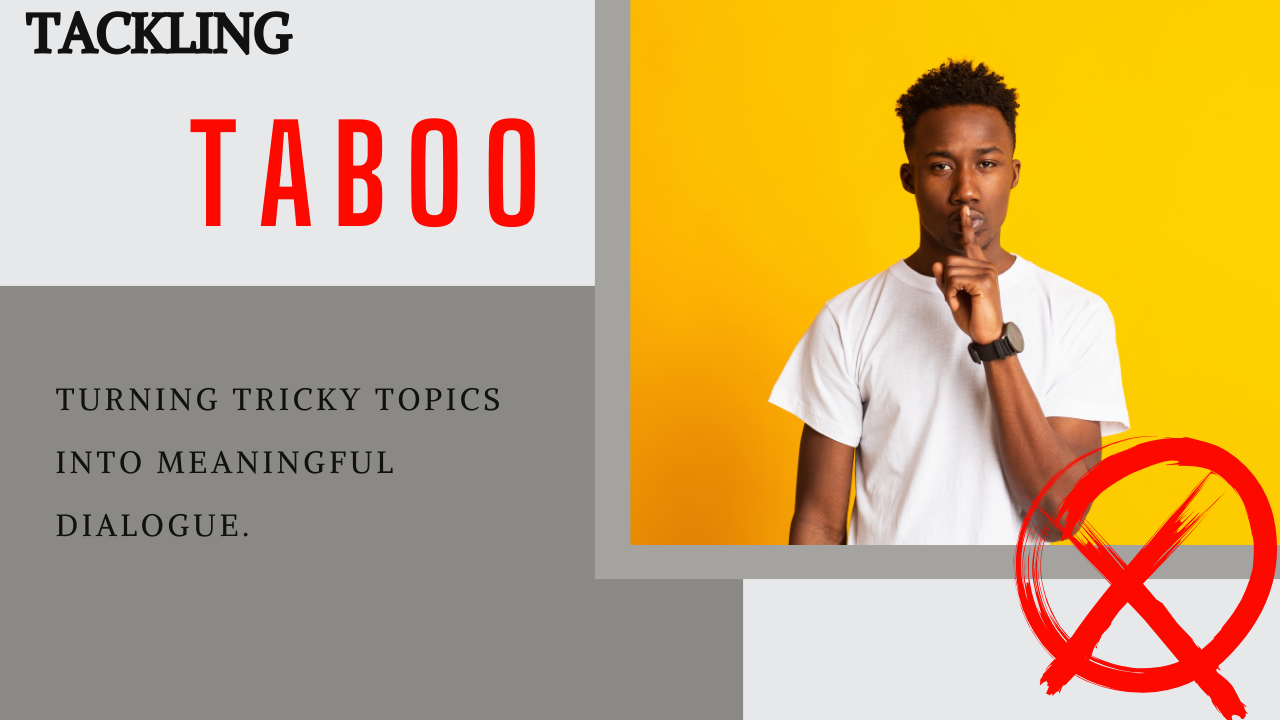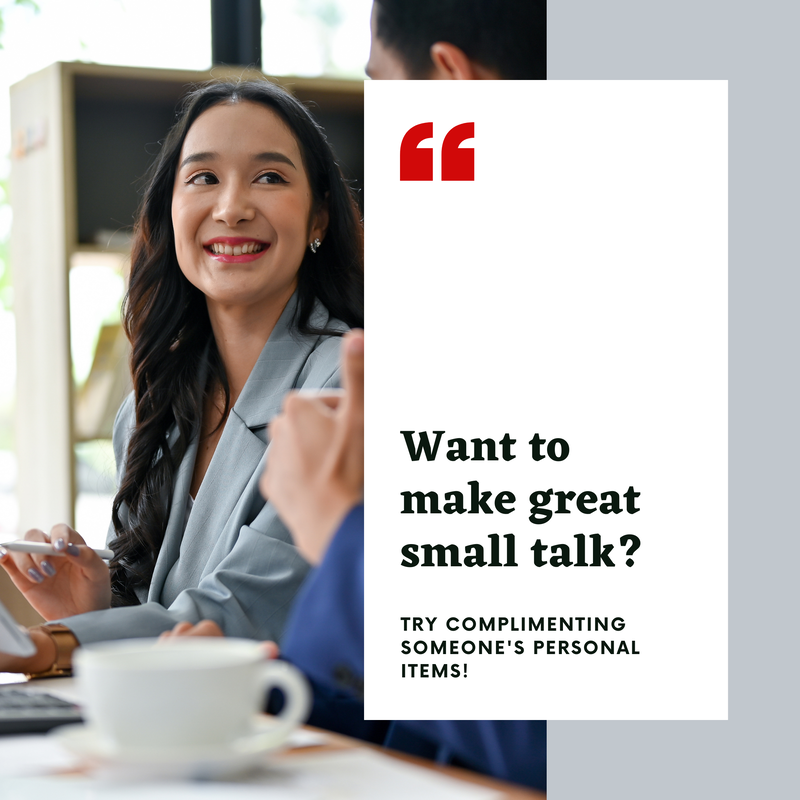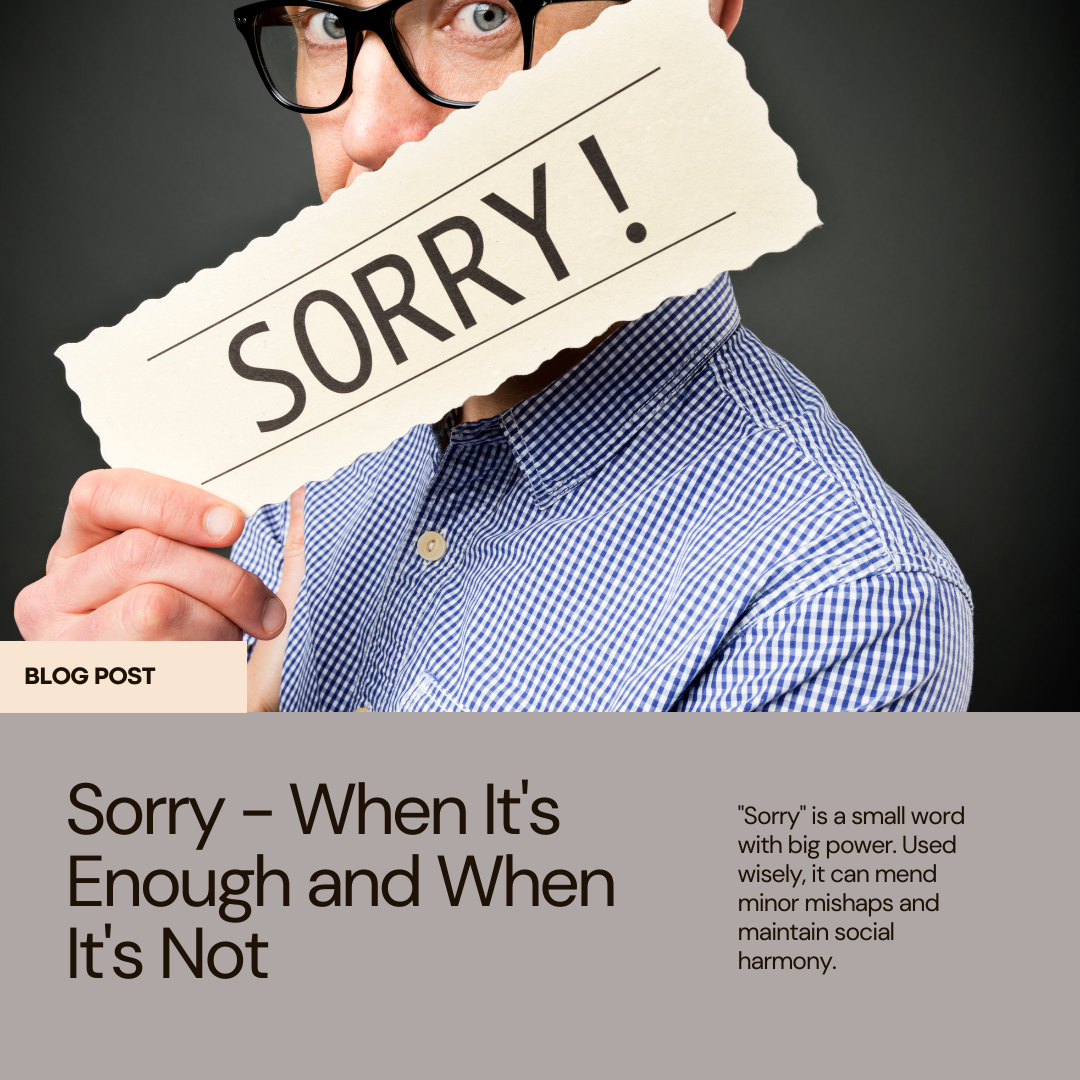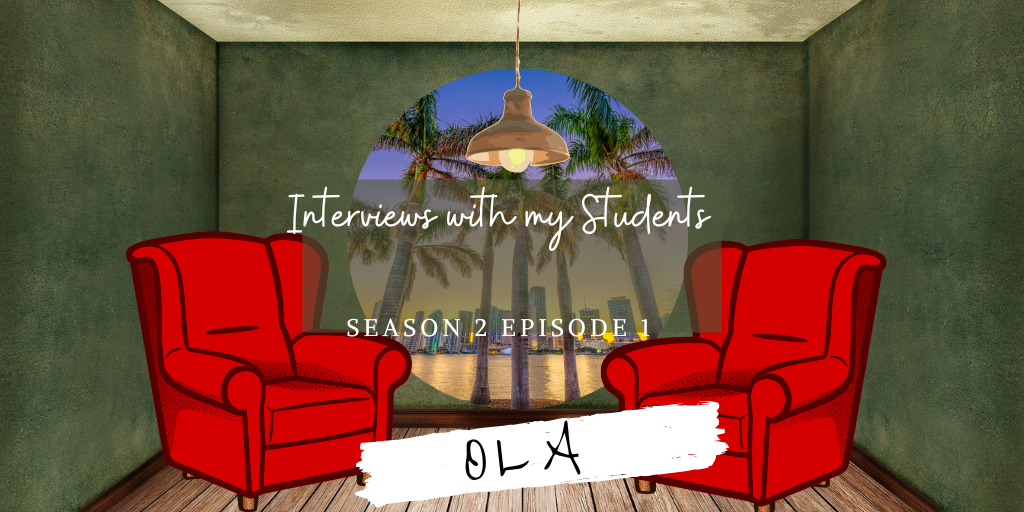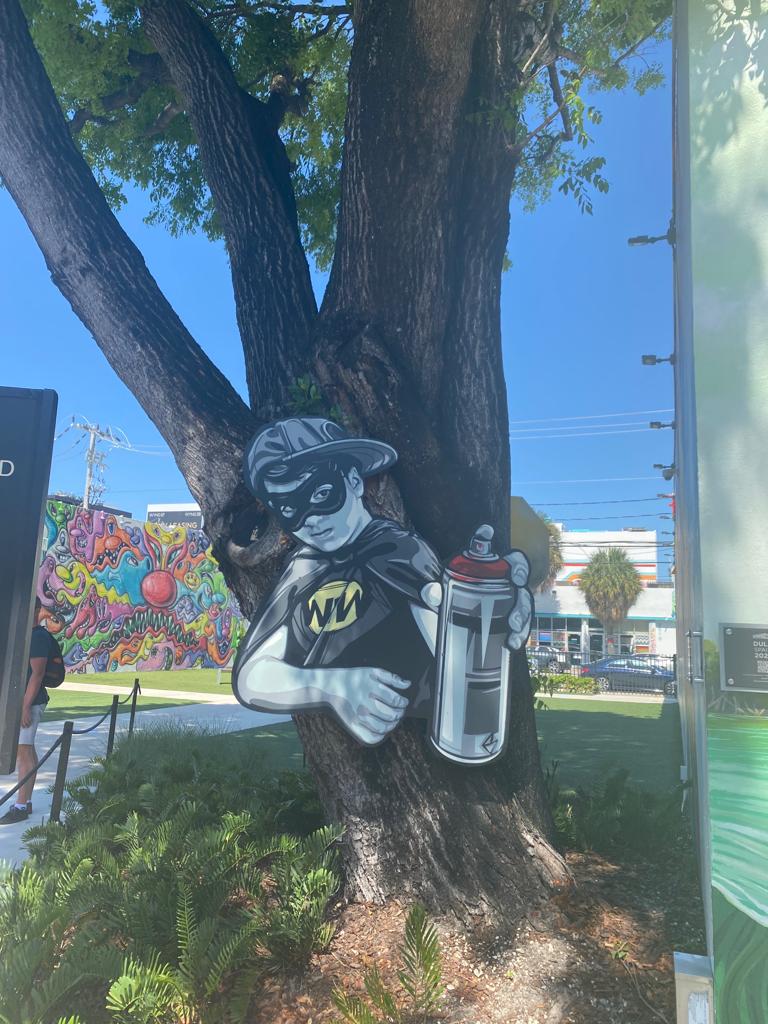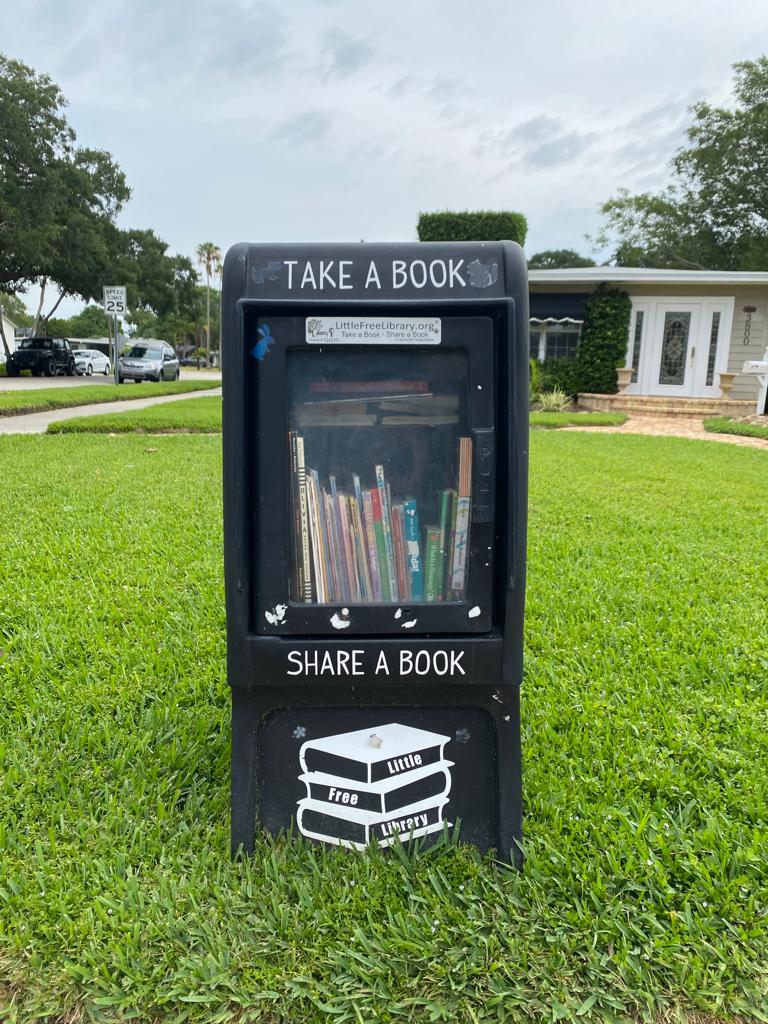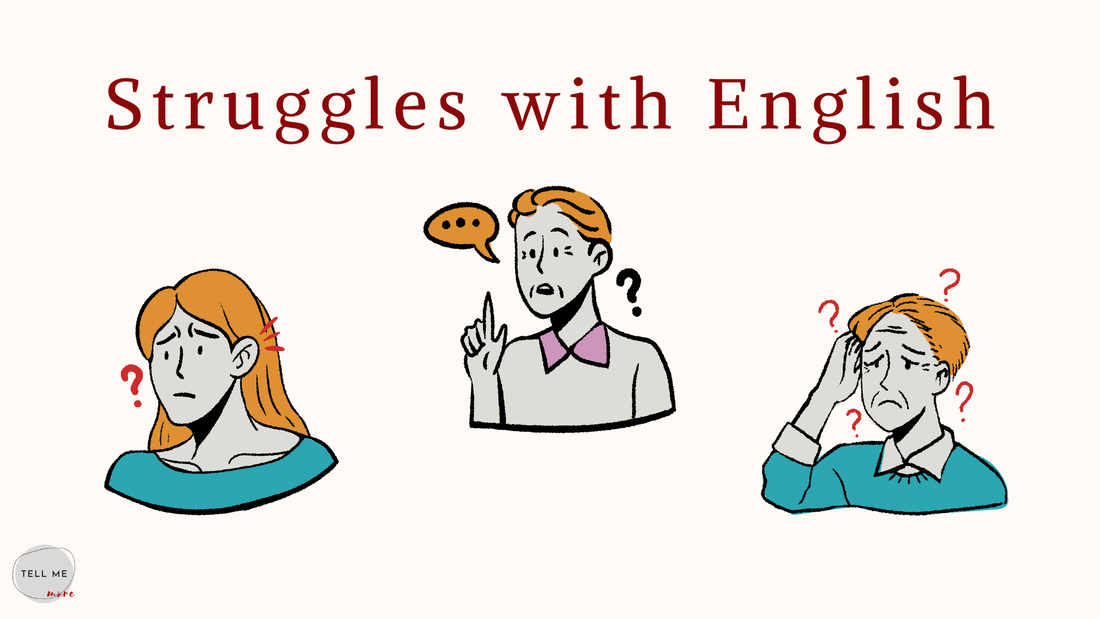|
Next week is our final oral test. Make sure you are well-prepared and ready to demonstrate your range of skills. Here’s a quick checklist to ensure you have the basics covered:
First, I'd like to clarify that transitioning away from 1-hour sessions is not a recent development. This shift actually began in September 2023; however, as many of our long-standing students had already decided on their course continuation back in June, I chose not to disrupt their schedules. Therefore, the 1-hour format was maintained for returning students. Nonetheless, all new students have embraced the other available options since the change. After a year of implementing 45-minute sessions alongside 1-hour sessions, I have concluded that I will no longer offer the 1-hour format. Several factors have influenced this decision, and I will outline some of the key reasons below. 1Based on my observations, I've noticed that a 45-minute session aligns well with the natural attention spans of most individuals. Typically, concentration starts to diminish after 30-45 minutes. By adapting my sessions to this rhythm, I've found that my students remain more engaged and attentive from start to finish, leading to a more productive learning experience. 2In our 45-minute sessions, which are now primarily focused on speaking rather than on reading extensive materials or doing vocabulary exercises, the shorter duration compels both me and my students to concentrate on the most crucial aspects of language learning. This structure necessitates a higher level of organization and focus, enabling us to dive directly into active, spoken communication. This approach not only streamlines our sessions but also enhances the overall efficiency and effectiveness of the learning process. 3One significant advantage of 45-minute sessions is their compatibility with students' busy schedules. The shorter duration makes it easier to schedule and reschedule classes, allowing students to fit language learning into their packed days more conveniently. This flexibility improves overall attendance. I've observed that students enrolled in these shorter courses tend to maintain more consistent presence. 4In my experience, while the 45-minute sessions are priced higher per minute than the options offered in the past, they remain a cost-effective choice for many of my students. I've observed a clear preference among learners for a shorter, more intensive course rather than facing a substantial fee increase for longer sessions.
What are taboo questions? Taboo questions are the kind of questions that can make a conversation go from chill to awkward in no time! They often dig into very personal areas like someone's health, money matters, or what we believe about big, thorny issues like politics or religion. While what's considered "too personal" can vary from one place to another, these are generally the questions that can make us feel uncomfortable or like we’re being put on the spot. How to Gracefully Avoid Unwanted Topics When someone asks you a question that feels too personal or uncomfortable, it’s important to handle the situation gracefully. You can always decline the answer saying, for example:
Key Tips for Navigating Sensitive Conversations However, when you're gearing up to dive into a touchy subject, here are some easy and engaging tips to keep in mind:
Small talk about the weather is a universal icebreaker, useful in almost any social situation. It's a way to connect with someone new or fill a silence without delving into more personal topics. Here's a concise guide to mastering weather small talk, complete with examples to make your conversations as refreshing as a cool breeze on a hot day. Start with Observation
Begin by observing the current weather. It's direct, relevant, and gives the other person an easy way to engage.
Share a Personal Insight or Activity Related to the Weather This adds a personal touch without oversharing, inviting the other person to share their experiences or preferences too.
Connect the Weather to Local Events or Activities This can lead the conversation into new, interesting directions related to local culture, events, or shared experiences.
Use Humour (When Appropriate) Light humour can make small talk more enjoyable and memorable, but gauge the other person's mood and receptiveness.
One of the most effective and genuine ways to engage in small talk is by complimenting or inquiring about personal items someone has. This strategy not only breaks the ice but also opens the door to learning more about the other person's interests, tastes, and personality. Why Personal Items? Personal items, whether it's a pen, a piece of jewellery, a book, or even a phone case, often carry stories or sentiments. They can reflect the owner's personality, interests, hobbies, or achievements. When you notice and comment on these items, it shows that you're paying attention and value what makes the other person unique. And now to more practical approach: When You Know the Person:
The key is to be observant and genuine. Personal items are extensions of our identities and interests. By acknowledging them, you're not just making small talk; you're valuing what matters to the person. So, next time you're looking for a conversation starter, let the little things around you inspire your curiosity and connection.
Small talk is more than just casual conversation; it's a key indicator of trustworthiness and social skil l. By excelling in small talk, you show that you understand social norms and have strong communication abilities. This not only helps in assessing mutual interests and compatibility, but also signals that you're a safe and reliable partner for deeper, more meaningful conversations. In essence, being adept at small talk opens the door to richer, more engaging interactions, making it a vital tool in effective social exchange.
We've all been there – a clumsy bump into a stranger, a small mistake at work – and out pops the instinctive "sorry." This simple word can be a social lifesaver, smoothing over the tiny ripples we make in our day-to-day interactions. But is "sorry" always enough? Let's explore when this magic word works and when it falls short. When "Sorry" is Generally Appropriate:
When "Sorry" Doesn't Cut It
Crafting a Meaningful Apology
My INKA journey began with a clear realization: it had to be shorter, more flexible, yet rich with opportunities.
It was clear to me that many people had a strong desire to learn English but found it tough to commit to regular classes, especially with their busy lives. The traditional way of doing things just didn't fit into their schedules. This frustration was something I could relate to, and it made me want to find a solution. That's how INKA came to be. I wanted to create something that would bridge the gap between ambition and reality. INKA was designed to complement the conversational classes I was already teaching because I knew my students were looking for an alternative that was more flexible and convenient. The core idea behind INKA was beautifully simple—just 30 minutes of casual conversation practice each week. It was a way for people to stay connected with a language, keep up their fluency, and stay engaged without feeling overwhelmed by additional work. It was a lifeline for those of us with hectic lives. But here's the thing: INKA isn't a one-size-fits-all solution. I've always been upfront about that. It's not for folks looking for a super intense, exhaustive language learning experience. INKA is for those who already use the language daily and want to keep it alive without any added stress. It's a handy refresher, an alternative that fits right into the modern world. In the end, INKA is my way of bringing flexibility and practicality to language learning. It's about helping both my students and myself find joy and success in our language journeys without the need for extra tasks that can be burdensome. If you want to try INKA out or find out more, you can do it HERE. I have never been to the USA. I have experienced the country through its people. I believe that the people reflect what the states are like - diverse, expansive, and hospitable. In today's episode, Ola takes us on her trip to Florida. Let's delve into her experiences. All the images used in this post have been sourced from Ola's private collection. Feel free to click on them to enlarge. Season 2, Episode 1 The one where Ola tells us about the Florida vibe Agnieszka: Hello Ola, thank you for joining us today. I heard you recently took a trip to the USA. Could you tell us about your experience? Ola: Hello Agnieszka, thank you for having me. Yes, I had an amazing trip to the USA, visiting the Bahamas, Miami, and the Kennedy Space Centre. Agnieszka: That sounds fascinating! Let's start with the Bahamas. What were some of the highlights of your time there? Ola: The Bahamas was absolutely stunning. The ocean with its beautiful colours and the pristine beaches were the most memorable aspects for me. But one thing that stood out was the opportunity to see a big ship used for ocean crossings. It was fascinating to see how these ships, which seemed small from a distance, turned out to be extremely big when you got closer. Agnieszka: Moving on to Miami, what were your impressions of the city and Miami Beach? Ola: Miami was quite different from the Bahamas. The city had impressive tall buildings and a lively atmosphere. Miami Beach offered breathtaking views of the ocean, and I was lucky to witness both sunrises and sunsets. I also discovered amazing art paintings and murals in certain parts of the city, created by 60 different painters. Agnieszka: It sounds like you had a diverse range of experiences in Miami. Did you have any favourite spots or activities in the city? Ola: One of my favourite spots was an American-style restaurant that had a nostalgic atmosphere, just like the ones you see in movies. It had always been my dream to be in such a typical American restaurant with booths, and it felt like a step back in time. Another interesting sight was a building shaped like a guitar, which was quite captivating. As for activities, exploring the Kennedy Space Centre was both educational and emotional. Seeing real rockets and learning about space exploration history was truly fascinating.
Agnieszka: One last question. Can you tell me about the estate where you stayed in Tampa? Ola: Sure! The estate I stayed at in Tampa was absolutely charming. It was a typical American house with a small swimming pool and a cosy atmosphere. The neighbourhood was picturesque, with narrow streets and numerous houses, each featuring spacious garages. It felt like being part of a movie scene. We thank Ola for sharing her experience. Please leave a sign of your presence in the comments section below.
Also, if you feel you would like to share your experience, passion or hobby in an interview just drop me a line. You know how much I will appreciate that. English is easy... but English is also hard. So don't worry, you're not alone in your struggles to understand the complexities of the language. In this post, we'll share some amusing examples of the challenges that both natives and non-natives can face when trying to master English. Join us for the ride and enjoy some witty insights! |
AUTHORWritten by Agnieszka Kansy Categories
All
Archives
June 2024
|


